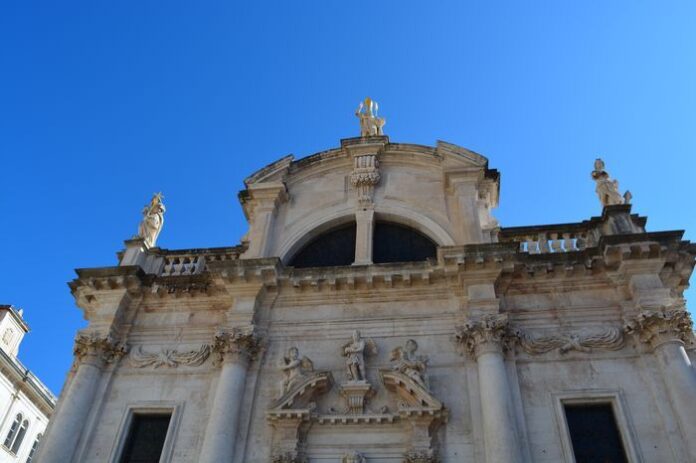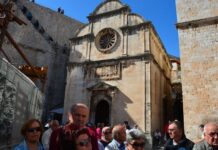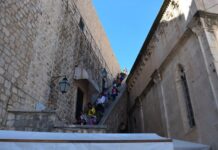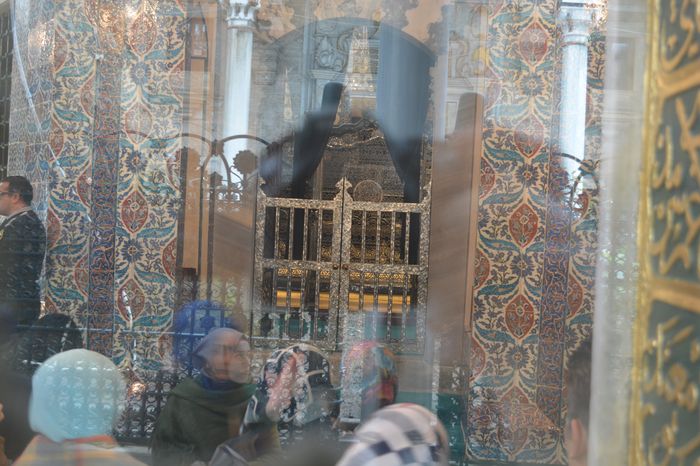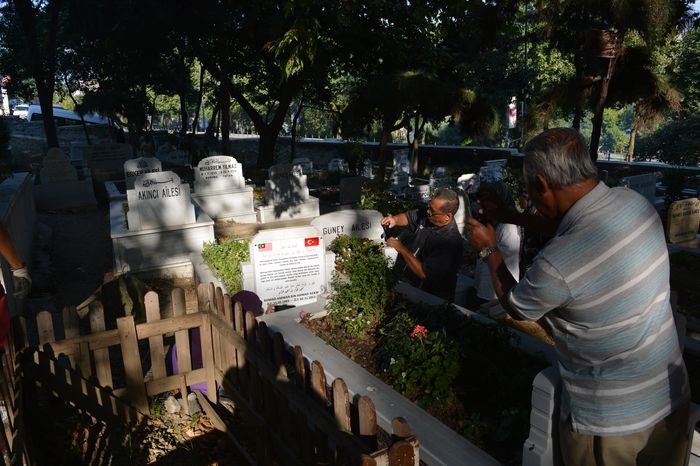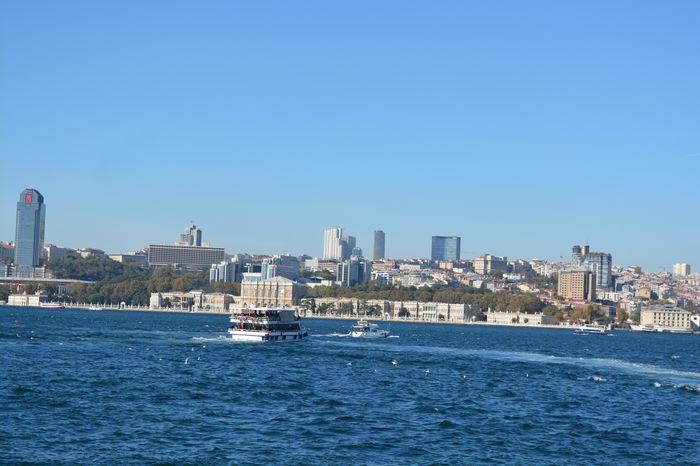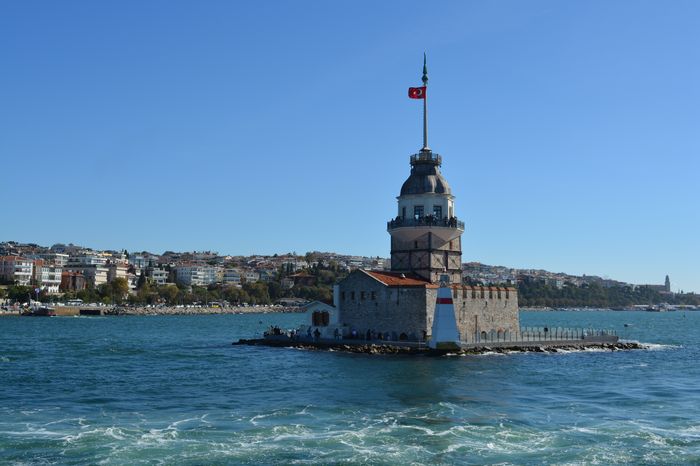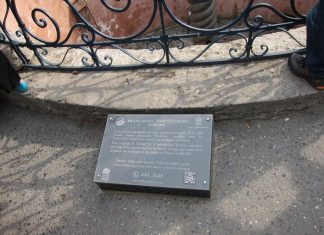A Response to a Growing City
The Theodosian Walls were built because Constantinople grew rapidly in both population and importance. The city had originally been planned to fit the population of Constantine’s time, but within just 85 years, the original walls could no longer contain the number of people living there.
A City Too Big for Its Walls
By the year 378, Constantinople was already so crowded that even enemies feared attacking it. After the Romans suffered a major defeat at the Battle of Adrianople, the Goths came to attack the city. But when they saw how many people lived there—people who could defend the city—they gave up their plan Supplying Water to the New Capital.
Only three years later, the Gothic leader Athanaric was amazed at how many people from different regions had settled in Constantinople. He described them as streams flowing from all directions into one large pool—a metaphor that still fits the city today.
Food Shortages and Overcrowding
As the city kept growing, problems began to appear. The grain fleets from Alexandria, Syria, Phoenicia, and Asia Minor could no longer supply enough bread for everyone.
Houses were built so close together that people felt crowded at home and uncomfortable in public. Walking on the streets became dangerous due to the large number of animals—donkeys, horses, and camels—used for transporting goods through the city.
Because there was no room left inside the city, people began to reclaim land from the sea. They filled in parts of the shoreline to build new homes. Over time, these man-made areas became neighborhoods of their own Guided Sofia Tours.
One historian, Sozomen, even said that Constantinople had become more populous than Rome.
Why So Many Came to Constantinople
There were many reasons for this rapid growth:
As the new capital of the Roman Empire, the city attracted both rich and poor looking for work or opportunity.
When Constantinople became second in rank in the Christian Church, it became the religious heart of the Eastern world. This brought in many priests, monks, and believers.
Invasions by the Goths and Huns in the northern regions forced many local people to flee south, seeking safety behind the city walls.
Even barbarians were drawn to Constantinople to find jobs or enjoy urban life.
A Need for Stronger Walls
With all these changes, it became clear that the original Constantinian Walls were no longer enough. A new and stronger wall system was needed to protect the city and its people. That is why the Theodosian Walls were eventually built—to surround a much larger Constantinople and keep it safe for centuries to come.
